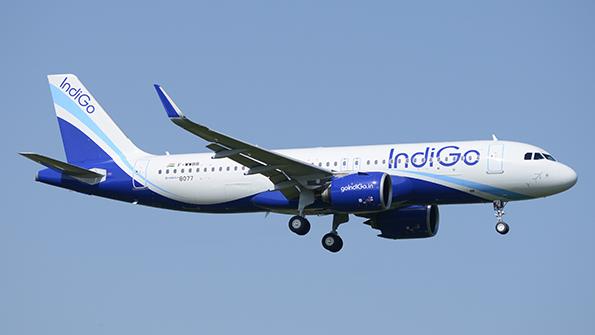
Safety messages from regulators in India and the UK issued in mid-July spotlight increased safety risks stemming from operational mistakes caused at least in part by pressure on frontline workers.
India’s Directorate General of Civil Aviation (DGCA) on July 18 gave airlines 10 days to implement new protocols to address “increased engineering-related occurrences,” an order issued by the agency said.
The reasons: Too many aircraft were being dispatched with minimum equipment list (MEL)-related deferrals, and technical issues are being misdiagnosed and not fixed as quickly as possible.
One likely cause could be that some airlines do not have enough experienced staff to handle tasks such as clearing an aircraft for return to service.
As a result, DGCA has mandated several steps to mitigate risks. It now requires airlines to ensure all stations are staffed with technicians that have minimum levels of experience—at least a category B1 or B2 license, in DGCA parlance—depending on the operation. Airlines can ferry mechanics in and out if necessary on the same flights they will have to work, but when an aircraft is on the ground, there must be “certifying staff” with it, the agency said.
The regulator also performed a series of spot checks on domestic carriers. SpiceJet, under particular scrutiny following a series of technical issues, reported July 26 that DGCA inspected 48 aircraft and found only minor issues on 10 of them.
On the same day that DGCA issued its order, the UK Civil Aviation Authority (CAA) released a safety notice flagging “commercial pressure” as an emerging trend in accident reports.
“Whether perceived or actual, this pressure can have a detrimental impact on key operational decisions, particularly in marginal conditions,” the agency said. “The financial challenges that some operators have experienced because of the COVID-19 pandemic may increase the likelihood of commercial pressure being felt by operating crewmembers,” it added, underscoring that the issue goes beyond airlines and into other operations, including charters and business aviation.
The CAA cautioned that the possible risks the pressure can lead to include unstable approaches, failure to report safety issues for fear of costly delays, and—as DGCA pointed out—pushing the MEL process too far.
The CAA notice makes several recommendations to correct or cut off instances of pressure affecting frontline workers. Among them is promoting a just culture, ensuring safety management systems classify commercial pressure as a hazard, and providing pilots and frontline workers with adequate support.
The documentation from the CAA describes the risk by using an increasingly familiar term—undue pressure. The phrase appears in a recently issued draft FAA guidance targeting reforms in its Organization Designation Authorization system that relies on company employees to perform certification tasks. It also is found 90 times in a December 2020 U.S. congressional report examining how mistakes during certification helped set the stage for two fatal Boeing 737 MAX 8 accidents, in 2018 and 2019.
The FAA’s draft guidance is one of several steps it has taken to ensure organizational pressures do not create potentially catastrophic risk during aircraft development programs. The CAA and DGCA’s concerns underscore that flight operations are not immune from similar risk.





